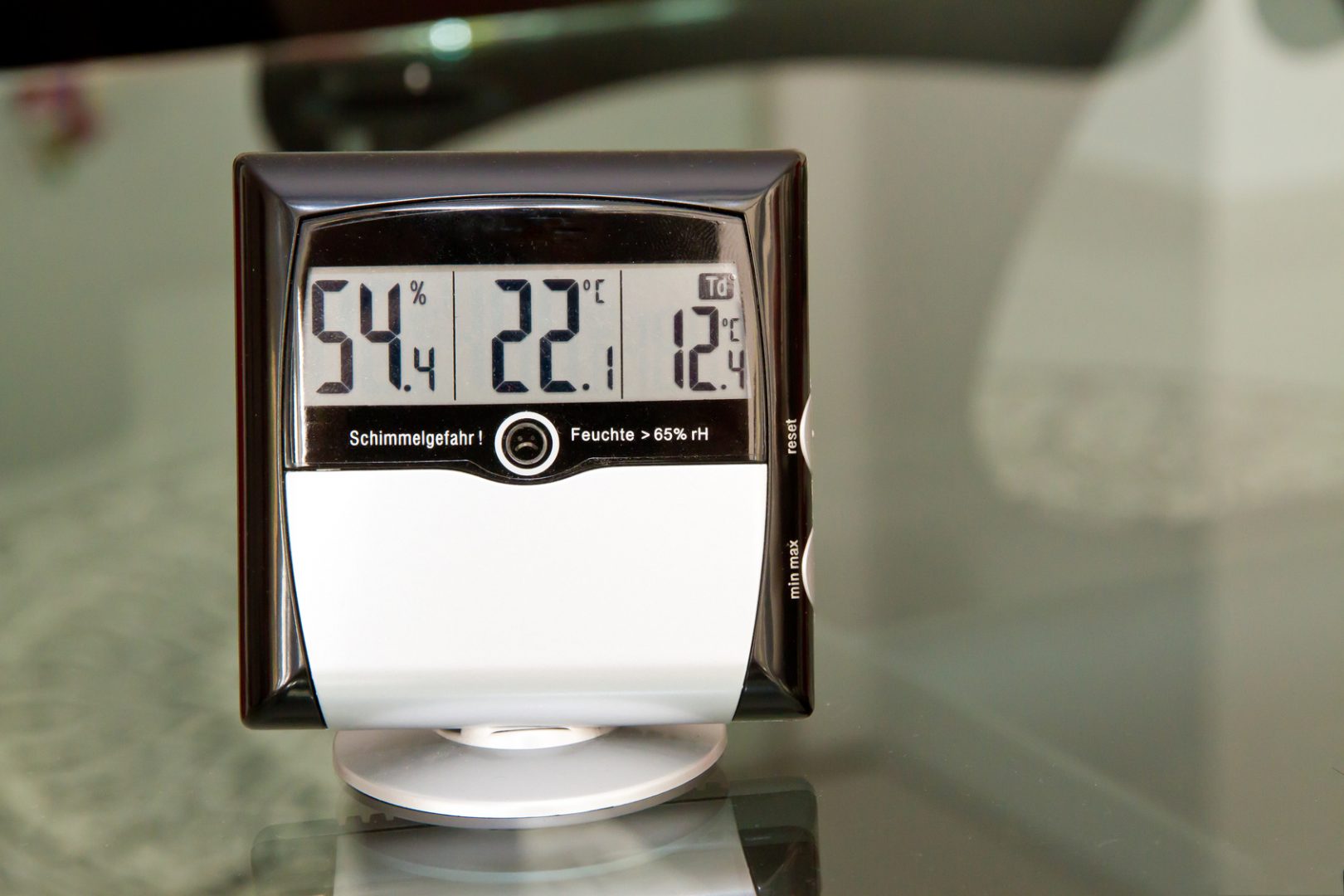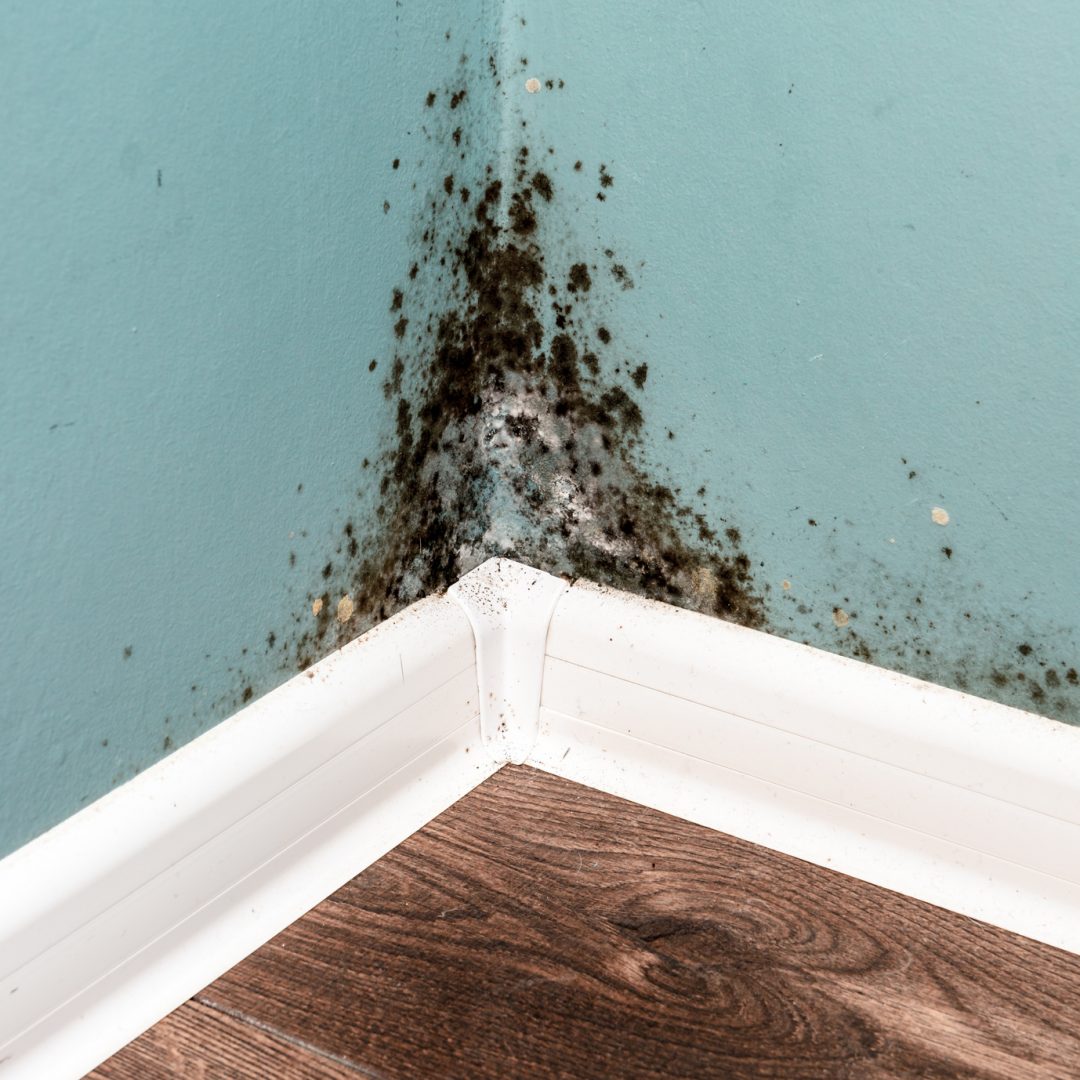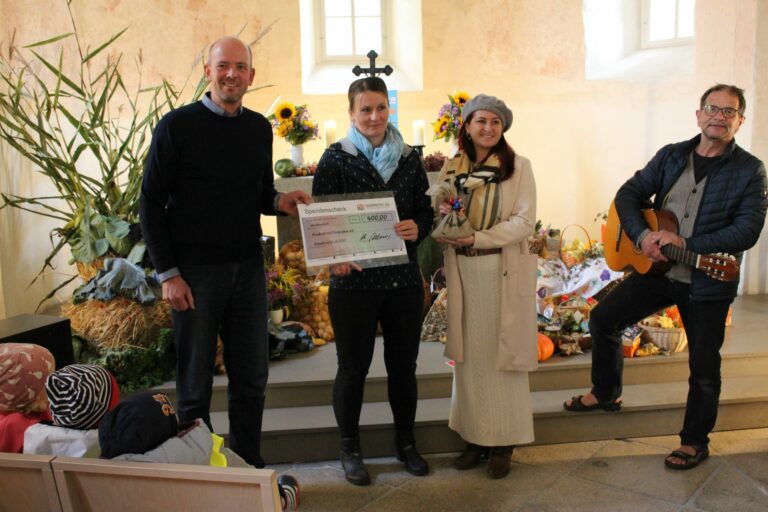Mold growth may be partially desirable in foods – for example, in a blue cheese or certain types of ham. However, he is never welcome within the four walls at home. Mold in the house is not always visible, but in the worst case can bring significant damage to health. Therefore, it is important to monitor the dew point in certain rooms. With the right background knowledge, you can prevent or at least mitigate mold in your home.
How does mold develop?
In nature there are so-called mold spores. These are the smallest organic components that lead to molds being able to reproduce at all. A small amount of mold spores are always in the air and this is normal. Outside, there are about 2,000 spores per cubic meter of air. They enter the house through doors and windows. Here, the conditions now determine whether or not mold will develop. In principle, growth depends on the following factors: the type of surface, the PH value, the temperature of the air, the relative humidity and the proportion of oxygen in the air.
Favorable conditions for mold growth
Generally, for the development of mold requires an organic surface, which is at least 80% humidity. In the room air itself, it becomes critical at a value of 70-75% relative humidity. When it comes to temperature, mold is almost “flexible”: depending on the species, mold can grow from 0 degrees, but preferably high temperatures are more beneficial for mold growth. The optimal PH level for mold to reproduce is 4-5. To prevent mold indoors, it can help to understand what causes it. Waterlogging and poor ventilation – especially in corners of rooms and behind furniture – also promote mold growth.
Decisive value: The dew point
The dew point is the moment at which air assumes a relative humidity of 100%. If the temperature falls below the dew point, the air can no longer absorb water and the aggregate state changes from gaseous to liquid. This can be recognized by condensing water, which mainly settles on the inside of exterior walls, windows and on the ceiling. Especially in winter, this process is increasingly observed. This is due to the fact that the outside temperature greatly cools the outer walls of the building, so that the room temperature at the window or the very walls drops significantly. The lower the temperature, the less moisture the air in this area can absorb and condensation occurs on the surfaces due to the high water vapor saturation of the air. Therefore, the higher the room temperature, the higher the dew point. The lower the humidity of the room, the lower the dew point. So for both facts, condensation will form later. For example, at a room temperature of 22 °C and a relative humidity of 65 %, condensation already forms at a wall or window temperature of 15.2 °C.

Measuring device with warning function when dew point is reached – ©Jürgen Fälchle | Fotolia
The goal in mold control: shift the dew point temperature
The later the dew point occurs, the later water collects on the walls. This simultaneously delays the formation of mold, because water constantly increases the humidity of the air and thus promotes the development of mold on the walls. A basic prerequisite for influencing the dew point is the insulation of the exterior walls. It ensures that cold outside temperatures do not reach the inside, prevents the temperature from dropping on the inside walls and delays the dew point. Construction defects, such as cracks or holes in the insulation or water in the masonry, cause walls to become damp more quickly.

It can happen that quickly: Damage to the masonry can be the trigger. – ©ivan kmi | Fotolia
Proper ventilation and heating
To delay the dew point, it is important to keep the temperature and humidity of the rooms optimal. This can be achieved, among other things, through the exchange of indoor air. For this purpose, rooms should be ventilated briefly but strongly, especially in winter. The dry winter air enters the room and the humidity drops. Optimally, the humidity ranges between 55 and 65%. However, when ventilating, it is important to ventilate at regular intervals: with the windows tilted, the exchange of air takes many times longer – during this long time the walls cool down and the subsequent heating creates the temperature difference already explained. The dew point occurs earlier. The temperature of the rooms can also help here: It should not be permanently too low, just to save energy costs. Temperatures between 22 and 25 degrees Celsius over a long period of time ensure that the walls remain relatively warm, which allows the air to absorb water for longer and does not require it to condense on the surface. A modern approach is also the installation of window heaters. This keeps the windows warmer with a heating wire in the window jamb and prevents mold growth in these areas.
Small tips in everyday life to prevent mold
The kitchen and bathroom are particularly susceptible to excessive humidity. Showering and bathing, as well as cooking and washing clothes, release a lot of moisture into the air. That is why it is recommended to always ventilate well after cooking, time in the bathroom and washing to reduce the relative humidity. For a concrete observation of the values there is also the dew point table. Here, the temperature on the wall, in the air and the relative humidity are measured and the dew point is determined and read using the table.
Image credits Cover photo: Window with mold: ©GChristo | Fotolia


